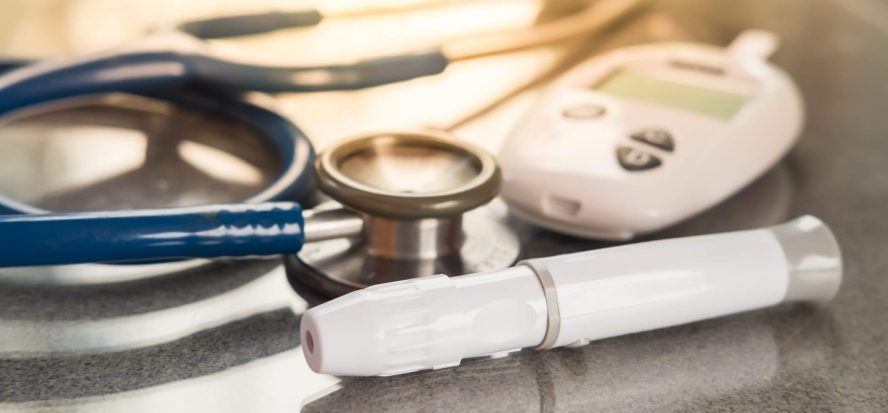Sameer Sah, Partner, and Maitreya Subramaniam, Associate, Khaitan & Co provide insights into the new notifications, the scope of ‘medical devices’ that have been expanded significantly which will be effective April 1, 2020 until deferred
The Government released notifications on February 11, 2020 expanding the scope of regulation pertaining to ‘medical devices’. Historically, India has not had regulations on all ‘medical devices’ – certain categories of devices were regulated under the Drugs and Cosmetics Act, 1940 like ‘drugs’.
Under the new notifications, the scope of ‘medical devices’ has been expanded significantly. Unless, deferred further, these notifications will be effective April 1, 2020 . As an immediate matter, devices that were not previously considered as ‘medical devices’ but will now come within the scope of ‘medical devices’, have the option to be registered with the Central Drugs Standard Control Organisation (CDSCO) and avail exemption from other requirements under the rules for some time going forward.
However, the hurdles broadly faced by medical device companies in complying with the new registration requirements, may be exacerbated in the case of software intended for medical purposes and specifically for a subset of such software that is intended to serve functions that may lead to it being treated as a medical device.

Definitional changes; implications and lessons from other jurisdictions
According to the recent notifications the following devices will be included within the definition of ‘drugs’:
“All devices …, whether used alone or in combination, including a software or an accessory, intended by its manufacturer to be used specially for human beings or animals which does not achieve the primary intended action in or on human body or animals by any pharmacological or immunological or metabolic means, but which may assist in its intended function by such means for one or more of the specific purposes of ―
(i) diagnosis, prevention, monitoring, treatment or alleviation of any disease or disorder;
(ii) diagnosis, monitoring, treatment, alleviation or assistance for, any injury or disability;”
The new definition is quite broad, covering software that is used ‘alone or in combination’. On plain reading therefore, this definition includes software as a medical device to the extent the software has an ‘intended function’ linked to one or more of the ‘specific purposes’. One wonders whether it was the intent of the Central Government to address medical applications of software which may not necessarily be part of a hardware medical device.

The current definition coupled with a lack of guiding principles may have implications for several wellness and other health related applications. In the absence of specific classification schemes, it will be difficult to determine if an app / software can be considered a medical device. For instance, an app that allows users to check symptoms, learn about conditions and drugs, and provide treatments and diagnoses, would fall within the new definition and would accordingly need to apply for registration with the CDSCO in the short term together with all the provisions of the rules once the exemption period under the new rules runs out.
Particularly, the burgeoning start-up ecosystem in India (or abroad) is, on balance, unlikely to have detailed systems in place for testing safety or meeting global or other applicable standards. Additionally, an application developed in another country but offered to customers in India, could also fall within this item.
The term software as a medical device is defined by the International Medical Device Regulators Forum (IMDRF)* as “software intended to be used for one or more medical purposes that perform these purposes without being part of a hardware medical device.” This seems to be a far more purposive definition due to the use of the words ‘medical purposes’.
The European Commission’s (EC) Medical Device Coordination Group has released guidance from time to time on the criteria for the qualification of software under the relevant EU regulation. The guidance is fairly illustrative, including, in terms of providing examples. Such guidance, to the extent feasible, would be extremely helpful even in the Indian context to the extent the Central Government could consider subscribing to such guidance from another country.
Additionally, the absence of a specific regulatory framework needed to clinically evaluate software as a medical device, restricts the ability of the CDSCO to assure the safety or effectiveness of any software – which would be essential in light of the impact of software in decision making that impacts clinical outcomes and patient care.
In the long run, the CDSCO should adopt international standards and classification schemes where such software can be categorised based on the level of impact (as adopted by the EC / IMDRF for instance) on the patient or public health and provide clear exemptions (such as for well-being monitoring apps, among others).
To conclude, software developers should commence registration activities urgently where the intended function is covered in the specific purposes covered by the definition. Given the limitless possibilities of using software and no territorial limitations, the implications of this new development could be significant both within and outside India.
The views of the author(s) in this article are personal and do not constitute legal / professional advice of Khaitan & Co
Reference:
* The International Medical Device Regulators Forum is a voluntary group of medical device regulators from around the world who have come together to reach harmonisation on medical device regulation. IMDRF develops internationally agreed upon documents related to a wide variety of topics affecting medical devices.
- Advertisement -


